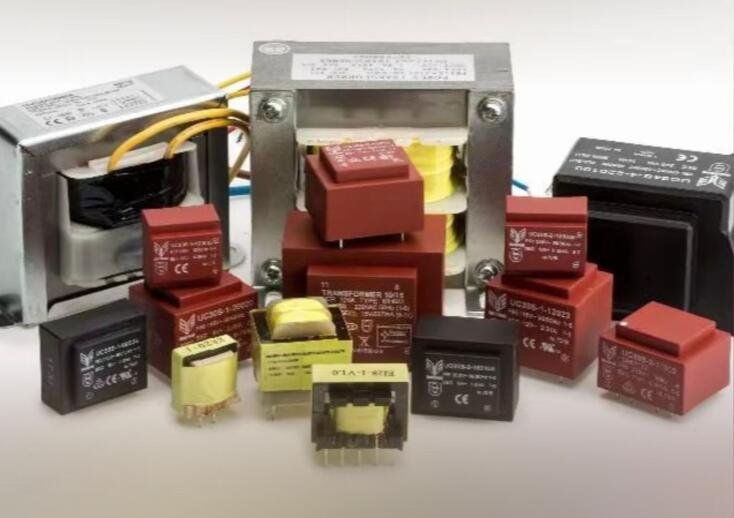There are two ways to judge the fault of the transformer: intuitive judgment and analysis judgment. The fault analysis and judgment of transformers are mainly judged by the damage to the iron core as well as the short circuit between turns of the winding of the transformer.
1.The core is damaged
Eddy current loss in the iron core of the transformer will be increased by insulation damage between the silicon steel sheets. Silicon steel’s thickness increases eddy current loss proportionally. In the event that the insulation between silicon steel sheets is damaged, the thickness of the silicon steel sheet will double, the eddy current loss will increase four times, and the insulation of the adjacent iron core will be further damaged. Meanwhile, the oil temperature will rise and the oil quality will deteriorate faster. Buchholz relays will be activated in severe cases.
2.Iron core grounding lug cracked
During operation, the transformer’s internal metal parts will generate floating potential due to induction. Intermittent discharge can occur when the grounding lug is disconnected or the grounding is poor. There may be a slight crackling inside the device as the voltage increases. A gas relay will act in severe cases, resulting in unqualified oil chromatography results. You can check the grounding sheet by hanging the core, and replace any damaged grounding sheet if necessary.
3.Short circuit from turn to turn
In the event of a short circuit between turns, the gas of the general gas relay is gray-white or blue, and the trip circuit operates. The differential protection will kick in when the fault is serious. Overcurrent protection on the power supply side is active, and the high-voltage fuse is blown. Copper (lead) particles will be scattered back and spread to adjacent windings if the inter-turn short circuit cannot be found in time.
In the case of short-circuit between windings, poor heat dissipation or long-term overload cause damage to the inter-turn insulation; short-circuits of the transformer or other faults cause the winding to be subjected to short-circuit current, causing vibration and deformation.
When the oil level is lowered, the winding is exposed to the oil surface, which causes inter-turn insulation to breakdown; when lightning strikes, the atmospheric overvoltage invades and damages inter-turn insulation; when the winding is wound, the arrangement and transposition of the turns, and the winding press are incorrect, etc. Insulation is damaged.



